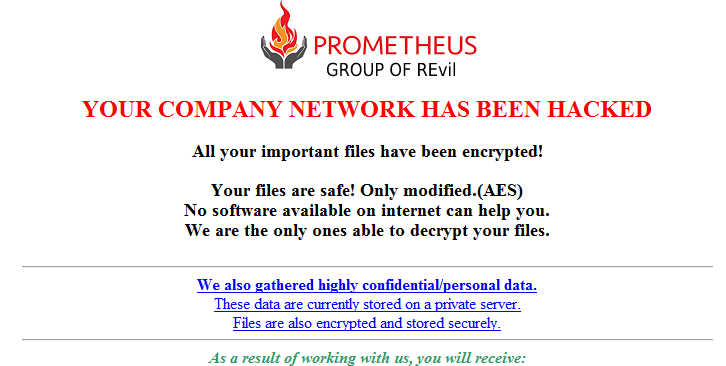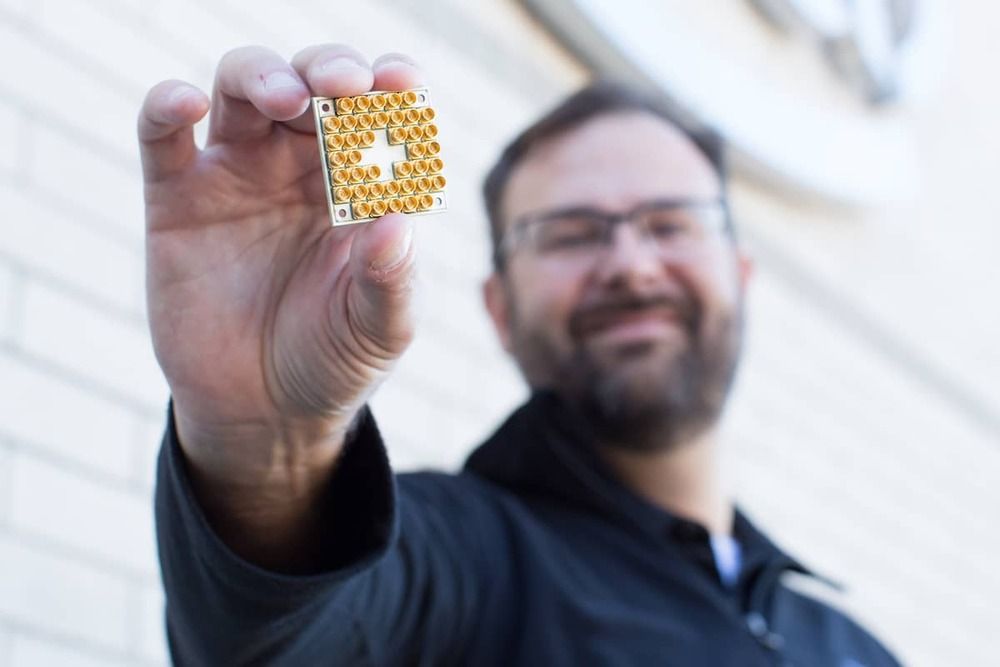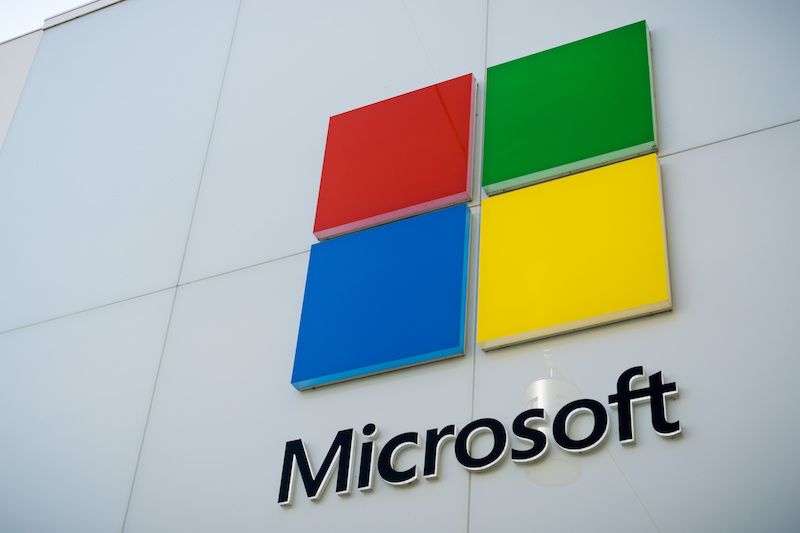Dear friends and colleagues, it is my pleasure to share come of my recent writings and events with you on topics of cybersecurity, emerging tech, and other issues. Thanks and stay safe, Chuck Chuck Brooks LinkedIn Profile: https://www.


Dear friends and colleagues, it is my pleasure to share come of my recent writings and events with you on topics of cybersecurity, emerging tech, and other issues. Thanks and stay safe, Chuck Chuck Brooks LinkedIn Profile: https://www.

An emerging ransomware strain in the threat landscape claims to have breached 30 organizations in just four months since it went operational, riding on the coattails of a notorious ransomware syndicate.
First observed in February 2021, “Prometheus” is an offshoot of another well-known ransomware variant called Thanos, which was previously deployed against state-run organizations in the Middle East and North Africa last year.
The affected entities are believed to be government, financial services, manufacturing, logistics, consulting, agriculture, healthcare services, insurance agencies, energy and law firms in the U.S., U.K., and a dozen more countries in Asia, Europe, the Middle East, and South America, according to new research published by Palo Alto Networks’ Unit 42 threat intelligence team.



Stefan Thomas really could have used a quantum computer this year.
The German-born programmer and crypto trader forgot the password to unlock his digital wallet, which contains 7002 bitcoin, now worth $265 million. Quantum computers, which will be several million times faster than traditional computers, could have easily helped him crack the code.
Though quantum computing is still very much in its infancy, governments and private-sector companies such as Microsoft and Google are working to make it a reality. Within a decade, quantum computers could be powerful enough to break the cryptographic security that protects cell phones, bank accounts, email addresses and — yes — bitcoin wallets.

“Siloscape”, the first malware to target Windows containers, breaks out of Kubernetes clusters to plant backdoors and raid nodes for credentials.
Windows containers have been victimized for over a year by the first known malware to target Windows containers. The ongoing campaign pierces Kubernetes clusters so as to plant backdoors, allowing attackers to steal data and user credentials, or even hijack an entire databases hosted in a cluster.
The malware was discovered by Unit 42 security researcher Daniel Prizmant. He dubbed it Siloscape, which he pronounces “Silo escape.” The malware pries open known vulnerabilities in web servers and databases so as to compromise Kubernetes nodes and to backdoor clusters.

U.S. investigators have recovered millions of dollars in cryptocurrency that Colonial Pipeline paid hackers last month to end a ransomware attack on its systems.
Deputy Attorney General Lisa Monaco announced Monday afternoon that the Department of Justice “found and recaptured the majority of the ransom” paid to the DarkSide network, the group responsible for the attack.
Paul Abbate, the deputy director of the FBI, said the bureau successfully seized the ransom funds from a bitcoin wallet that DarkSide used to collect Colonial Pipeline’s payment.


The world is one step closer to ultimately secure conference calls, thanks to a collaboration between Quantum Communications Hub researchers and their German colleagues, enabling a quantum-secure conversation to take place between four parties simultaneously.
The demonstration, led by Hub researchers based at Heriot-Watt University and published in Science Advances, is a timely advance, given the global reliance on remote collaborative working, including conference calls, since the start of the C19 pandemic.
There have been reports of significant escalation of cyber-attacks on popular teleconferencing platforms in the last year. This advance in quantum secured communications could lead to conference calls with inherent unhackable security measures, underpinned by the principles of quantum physics.
